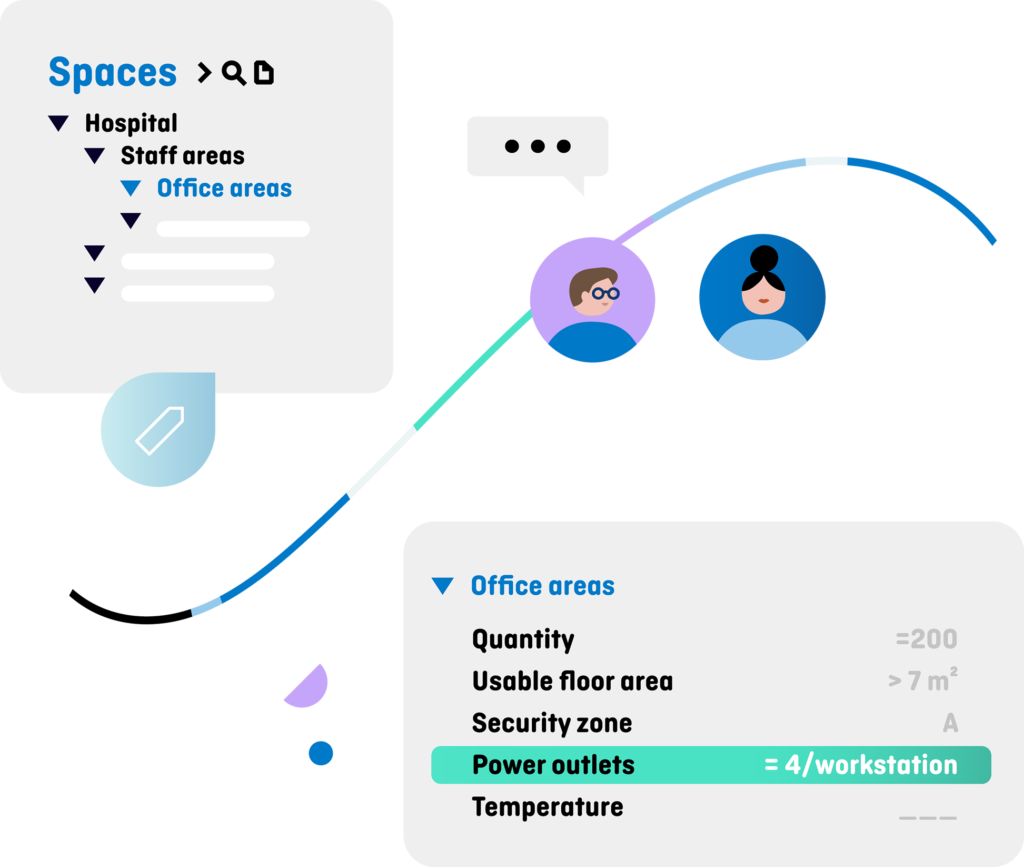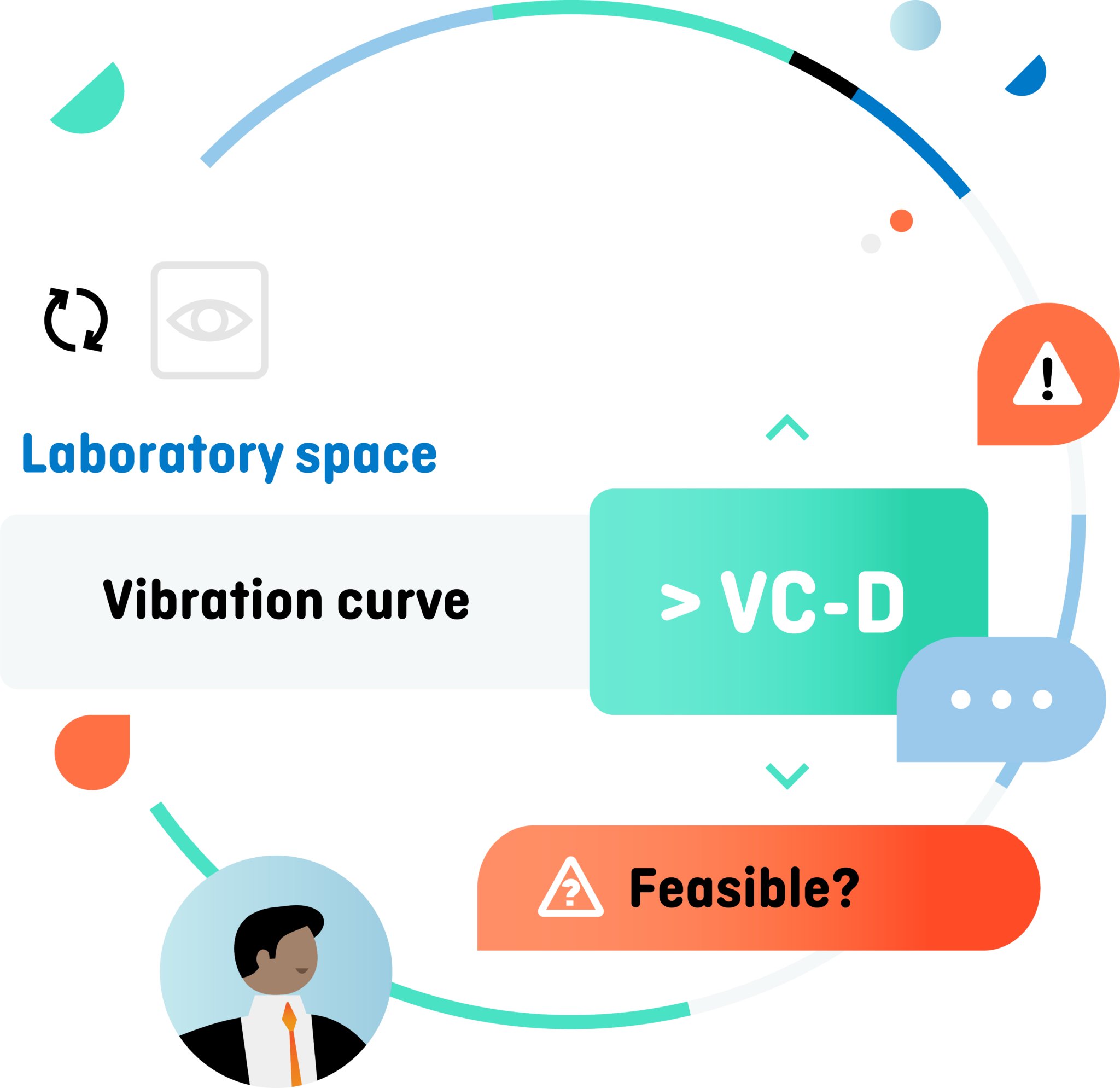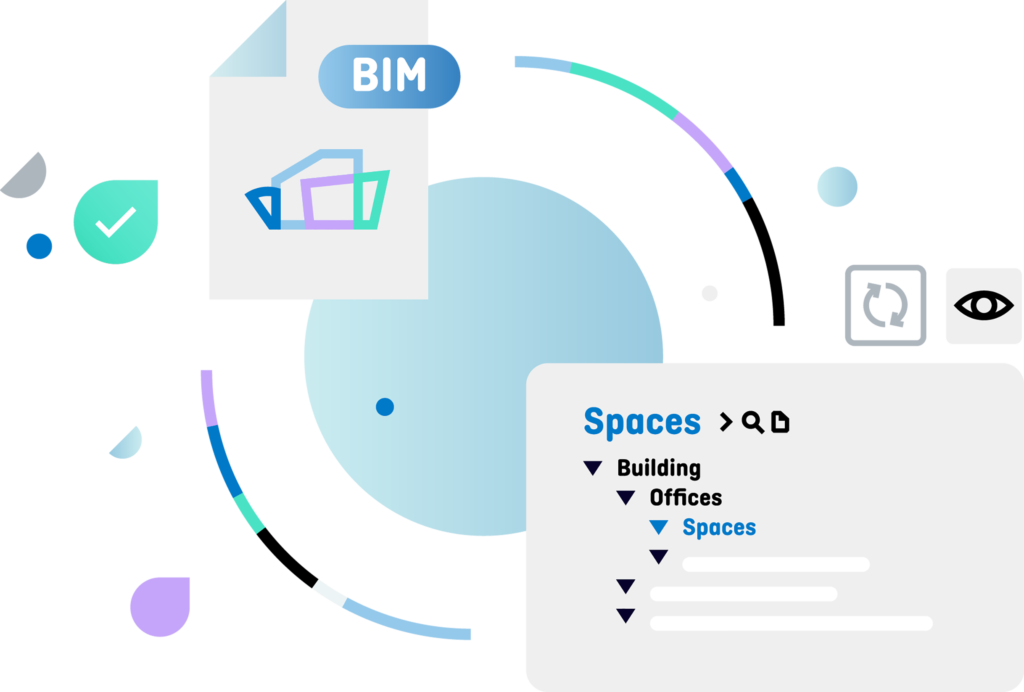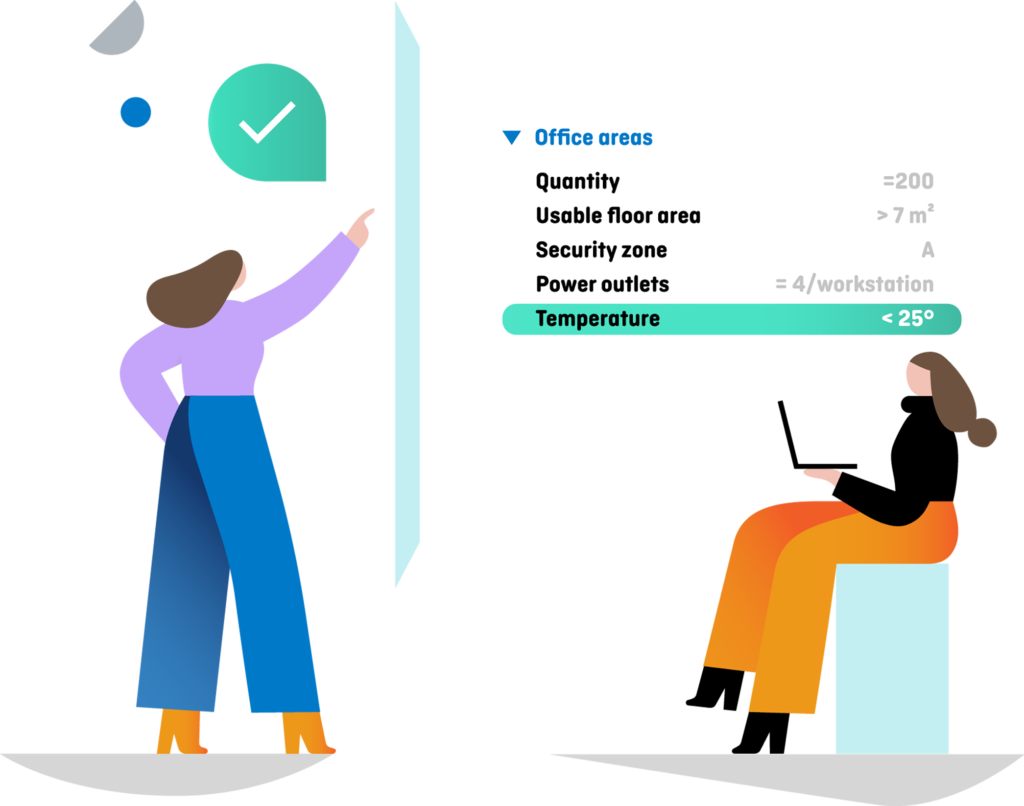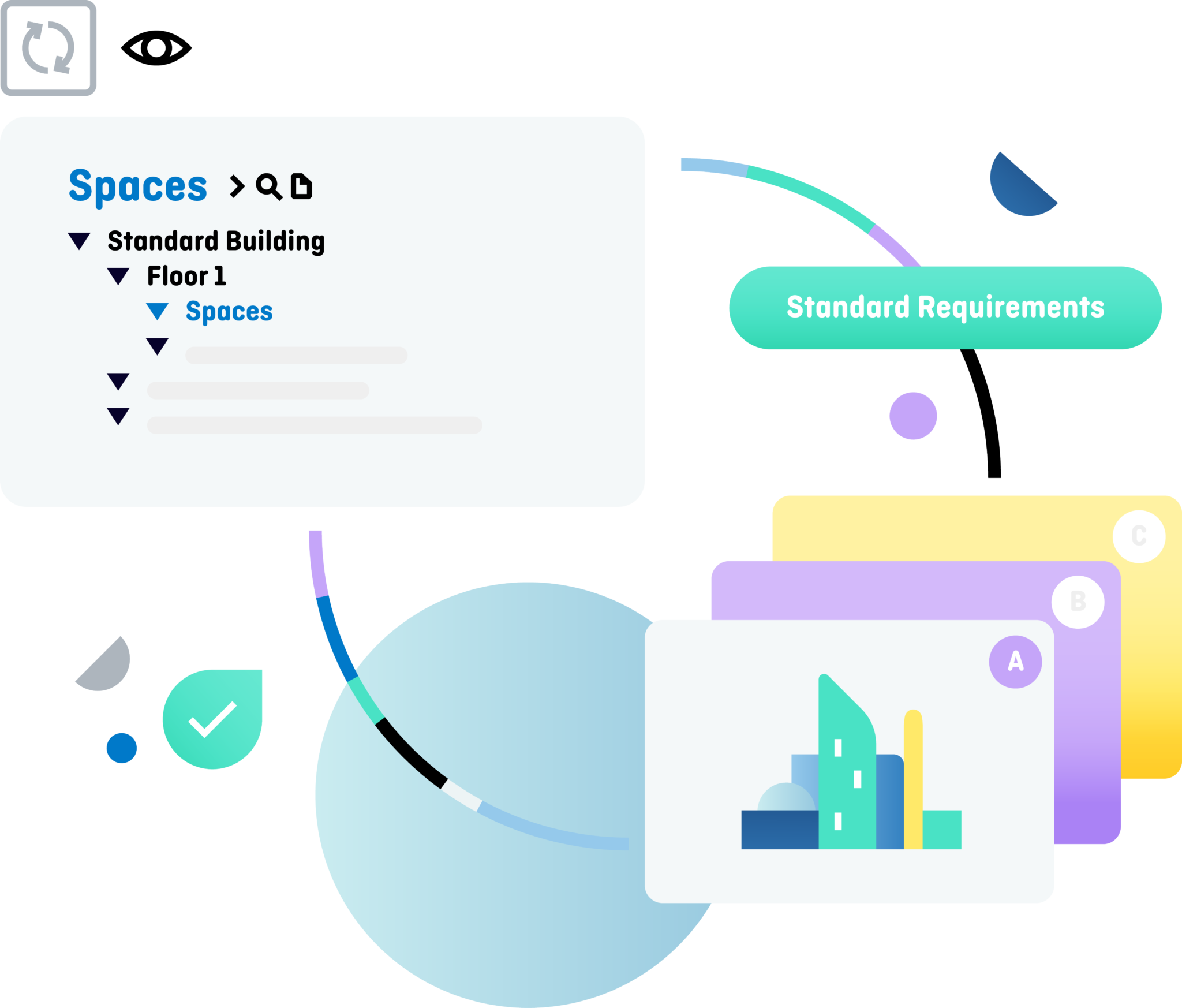In the AEC sector, requirements management can be defined as the process of capturing, structuring, analysing, and verifying all the requirements concerning a facility—be it a building, tunnel, or a subway system.
Requirements management provides a way to avoid errors by keeping track of changes in requirements, integrating requirements into BIM models, and systematically verifying compliance throughout the project lifecycle.
Requirements management overlaps with the concepts of briefing (also known as facility programming or architectural programming) and scope management, but it has a broader scope and is carried out in every phase of the project.
















